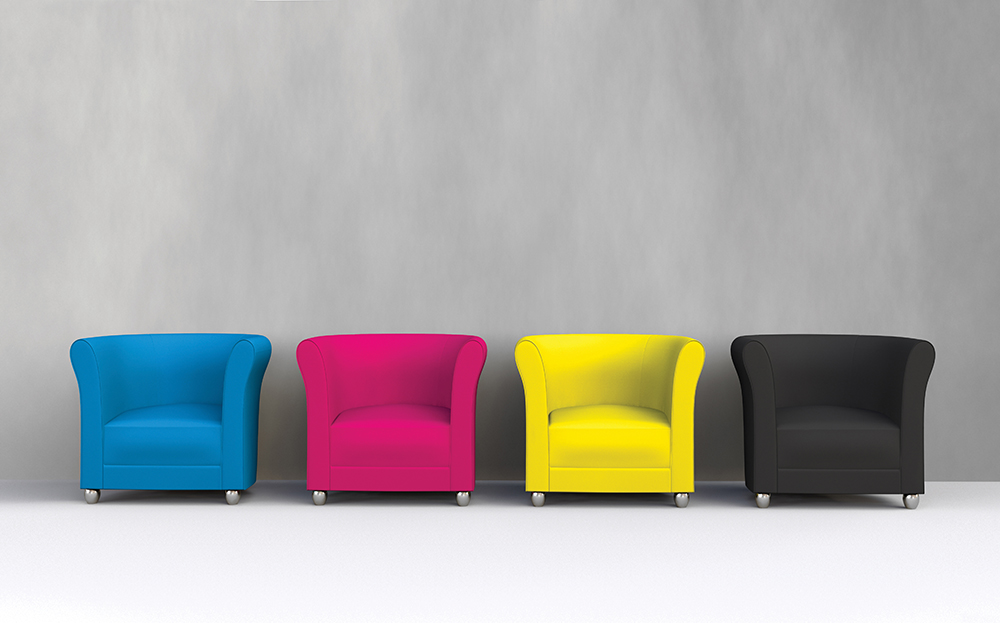Scientists have found a way to expand the colour spectrum used by printers using a novel nanostructure system.
The current colour range for computers and printers is based on the sRGB (standard Red Green Blue), which was developed in 1996 by Microsoft and Hewlett-Packard.
However, the hues in the sRGB system only encompass a subset of colours that the human eye can see, say scientists in research published in the ACS’ journal Nano Letters and supported bv funding from the Agency for Science, Technology and Research (A*STAR), SERC and National Research Foundation.
The researchers have been trying to develop a better system to surpass sRGB that would broaden the printable colour spectrum while maintaining high resolution.
For example, they have used metallic nanostructures for printing but this has resulted in either high-resolution images with less-rich colours or images with vivid colours but lower resolution.
Also, the use of metals like silver and gold would be too expensive for wide adoption so researchers turned to silicon because it has unique properties that might be used for expanding computer and printing colours at a lower price.
So far, silicon colour systems have shown poor saturation and range so Joel Yang and colleagues designed a novel silicon nanostructure that could potentially overcome these limitations and compete with the sRGB system.
The researchers tested differently sized silicon nanodisks, controlling how close the structures were to each other. Once they figured out the optimal disk sizes and distances between them, the team used the nanodisks to print an art piece on silicon coated with an anti-reflective layer consisting of silicon nitride. This anti-reflective coated substrate was used to more closely mimic the range of colours visible to the human eye.
The researchers concluded that the silicon nanostructures expanded the range of printable colours by 121%, while maintaining both high colour saturation and resolution.
They say that although their design still has some limitations that need to be addressed, it has achieved the largest colour gamut for printing while maintaining a print resolution better than 40,000 dpi.














